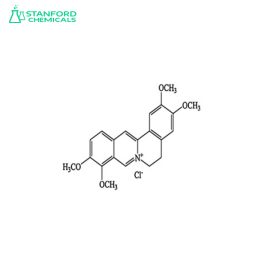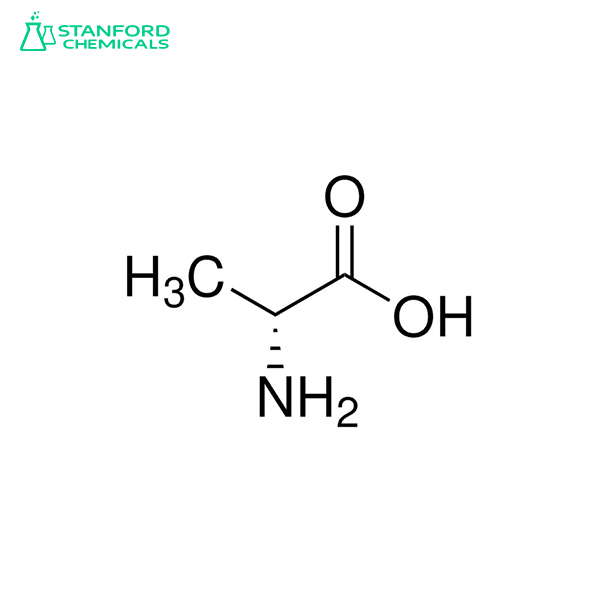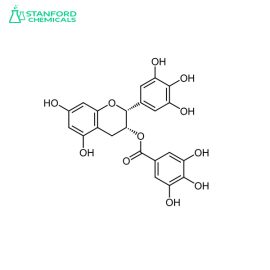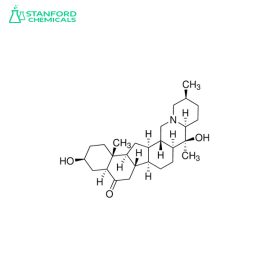D-Alanine
D-Alanine is an amino acid crucial for bacterial cell wall synthesis, differing from L-alanine found in proteins of higher organisms. It serves as a key component of the peptidoglycan layer, targeted by antibiotics like vancomycin, highlighting its importance in microbiology, antibiotic research, and the development of antimicrobial strategies.
D-Alanine Overview
The presence of D-alanine in the peptidoglycan layer is one of the distinguishing features between bacterial cells and the cells of higher organisms, which predominantly contain L-amino acids. This difference is exploited by certain antibiotics, such as vancomycin, which target the D-Ala-D-Ala dipeptide in the bacterial cell wall synthesis pathway.
D-Alanine Key Features
– Natural Source: Synthesized by bacteria and found in the bacterial cell wall.
– Function: Critical for the synthesis and integrity of the bacterial cell wall.
– Mechanism of Action: Incorporated into the peptidoglycan layer of bacterial cell walls, contributing to their strength and rigidity.
D-Alanine Applications
– Antibiotic Target: D-Alanine and its metabolic pathways serve as targets for antibiotics that inhibit cell wall synthesis.
– Research Tool: Used in microbiological research to study bacterial cell wall synthesis and the mechanism of action of antibiotics.
– Synthetic Biology: Exploited in the design of synthetic biological systems and the development of new antimicrobial strategies.
D-Alanine Role in Bacterial Physiology
– Cell Wall Synthesis: D-Alanine is a component of the peptidoglycan precursor units, essential for building and maintaining the bacterial cell wall.
– Antibiotic Resistance: The modification of D-Ala-D-Ala dipeptides is a mechanism by which some bacteria exhibit resistance to antibiotics targeting cell wall synthesis.
Details

| Available Sizes | 30 capsules, 60 capsules, 90 capsules |
|---|---|
| Key Ingredient | High-quality, pure Palmatine Hydrochloride |





Reviews
There are no reviews yet.